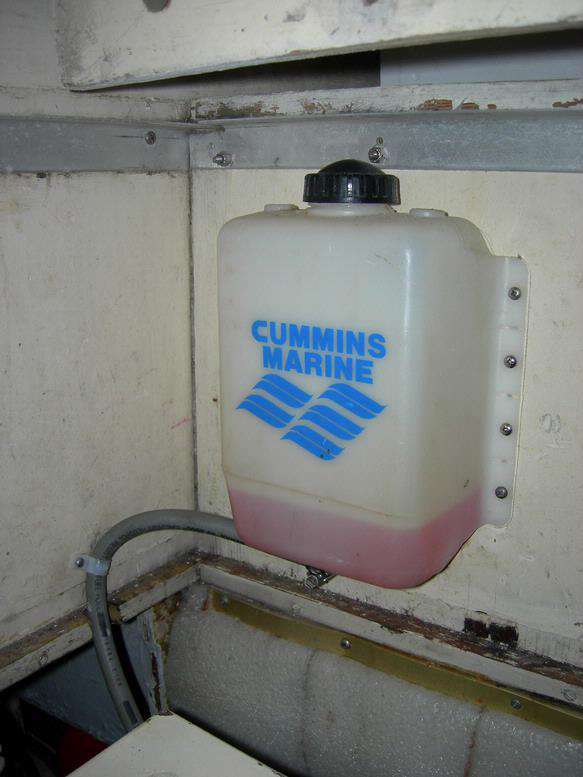
For that reason, it’s better just to use one coolant color at a time. Both substances will have to have about the same freezing point for mixing coolants to be safe. Although, if you don’t use coolant-containing dye, you may not be able to tell at the time. So always double-check with the manufacturer before mixing your antifreeze. However, they also mention what colors you can mix. For example, PPG says that their blue coolant is incompatible with their orange coolant. Can You Mix Same Color Coolants?Ĭome companies say you cannot mix specific colors of coolant. It also keeps your water pump and radiator cool, making your car run in colder weather. Can You Mix Different Brands of Antifreeze?Īntifreeze is a liquid that helps protect your engine so it will not freeze.

In contrast, blue coolant is used exclusively for engines with a turbocharger or supercharger, as they need to be cooled at high intensities during cold start-ups. For example, red coolant is used for engines that require cooling at idle speeds and low temperatures. Some colored coolants have a specific application, and others have multiple uses. The additives cause the coolant to have a particular color corresponding to its use. Coolant Color MeaningĬolored coolants are fluids with special additives that are used in liquids that are dispersed through the engine of an automobile. However, some products may use different technologies to affect performance, meaning there’s a bigger difference than color alone. This means different colors do not affect performance in any significant way.

They contain the same chemicals, have a similar vapor pressure, and perform similarly in tests. The simplest answer is that yes, all colored coolants are the same.


 0 kommentar(er)
0 kommentar(er)
